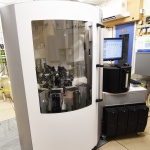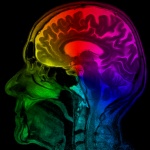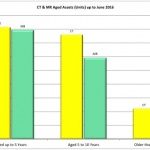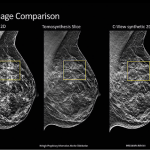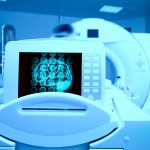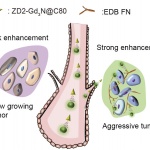
News • Breast cancer
Aggressive or slow-growing tumor? Contrast agent gives clues
A new magnetic resonance imaging (MRI) contrast agent being tested by researchers at Case Western Reserve University not only pinpoints breast cancers at early stages but differentiates between aggressive and slow-growing types.



